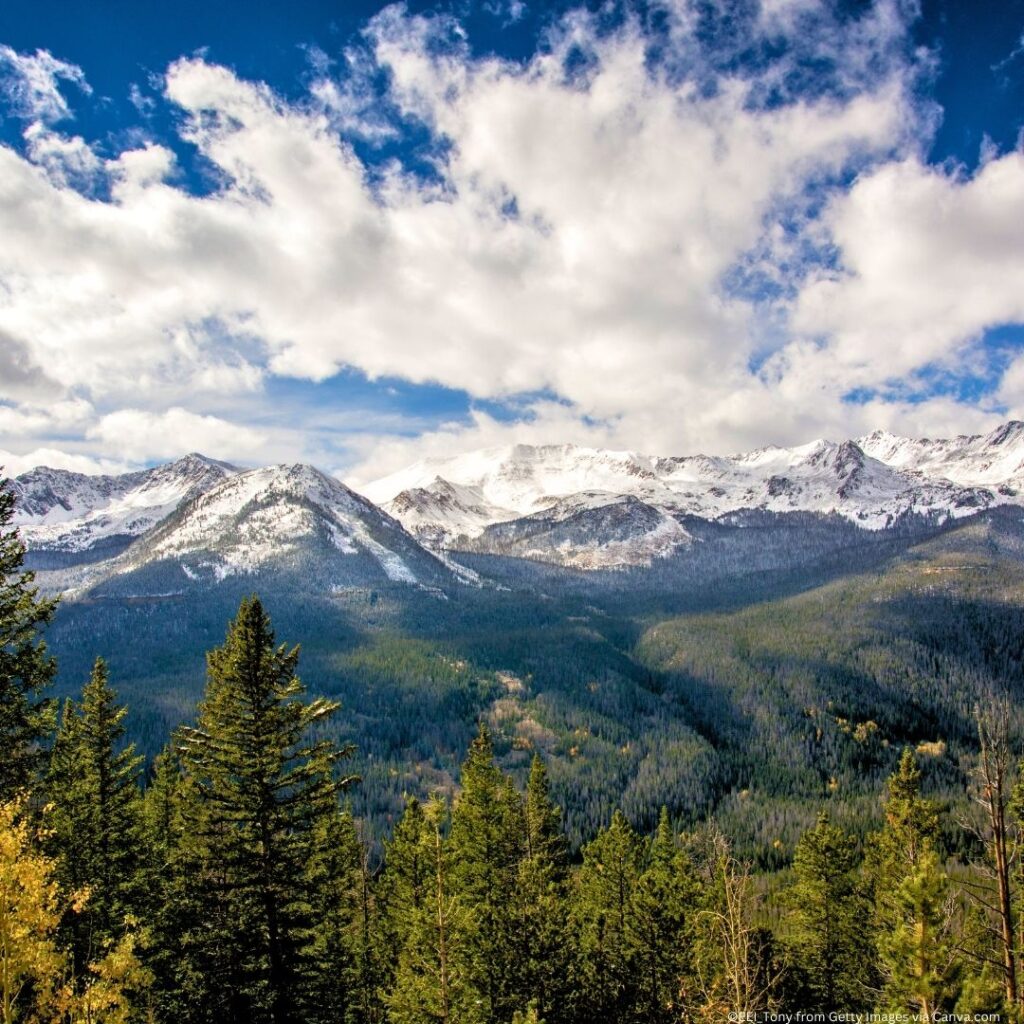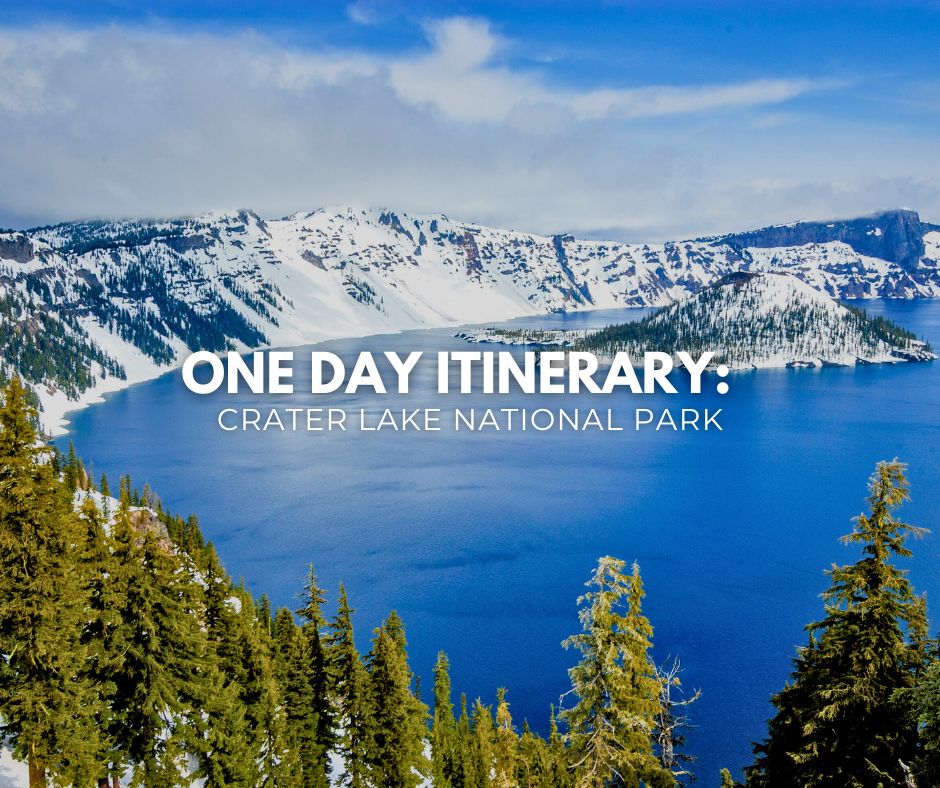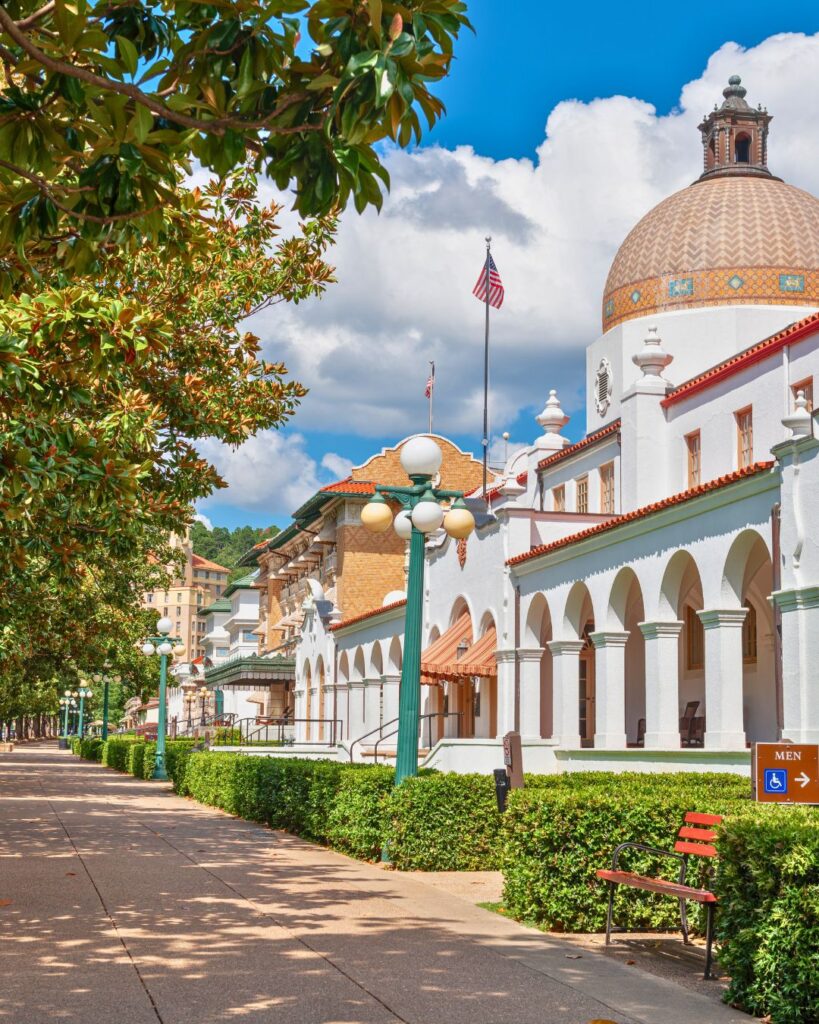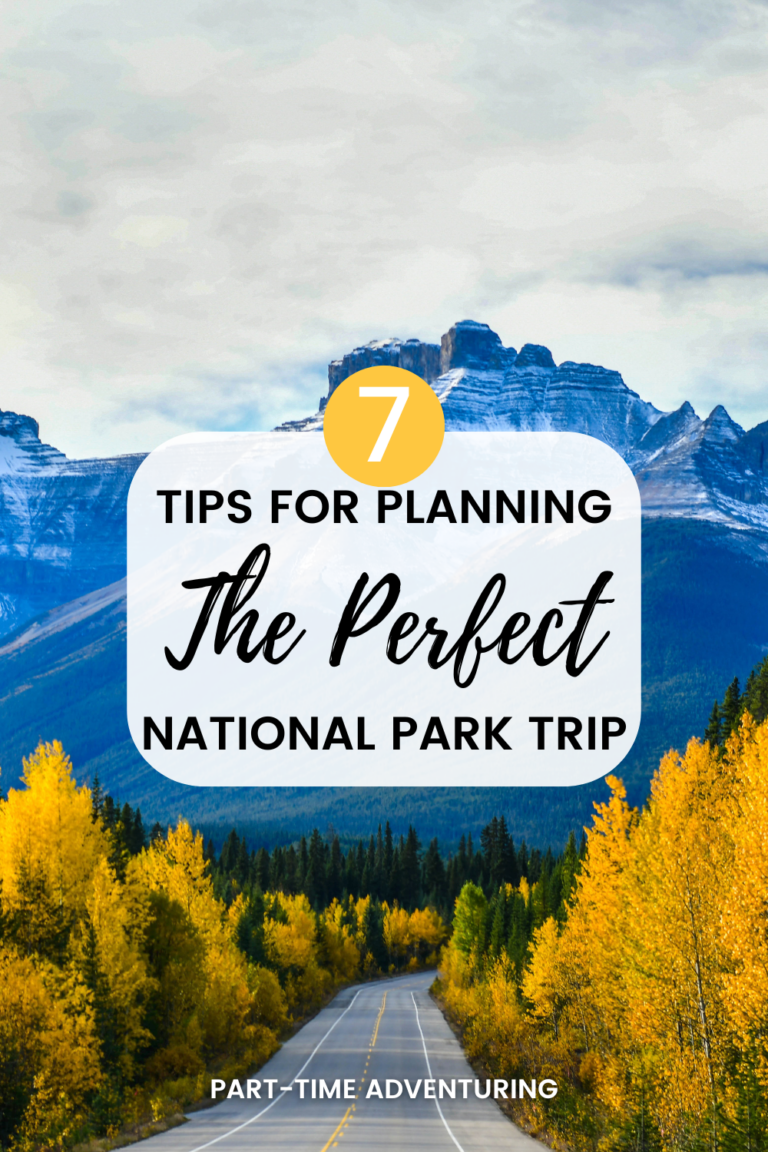Deciding to explore the United States’ National Parks is an exciting endeavor that promises breathtaking landscapes and memorable experiences. However, to ensure a smooth and enjoyable adventure, meticulous planning is essential. This comprehensive guide outlines seven crucial considerations for planning a National Park trip, providing you with the information needed to make your trip both memorable and hassle-free.
7 Key Considerations for Planning A National Park Trip
1. Selecting the Right National Park
With 63 national parks across the U.S., each offering unique landscapes and activities, choosing the perfect park depends on your interests. Consider the following:

- Interests: Whether you’re drawn to towering mountains, expansive deserts, dense forests, or coastal regions, there’s a park that caters to your preferences.
- Activities: Parks offer a range of activities, from hiking and wildlife viewing to stargazing and water sports. Ensure your chosen park aligns with your desired experiences.
- Accessibility: Evaluate the park’s proximity to your location and the availability of transportation options. Some parks are more remote and may require additional travel planning.
A great place to start for exploring your options of parks to visit is by reading blog posts and looking on social media to see what places spark your interest the most.
2. Determining the Optimal Time to Visit
The timing of your visit can significantly impact your experience due to factors like weather, crowd sizes, and seasonal highlights. Consider:
- Weather Conditions: Research the typical weather during your intended visit to ensure comfortable conditions.
- Crowd Levels: Peak season often means larger crowds. Visiting during shoulder seasons can provide a more serene experience.
- Seasonal Highlights: Certain parks offer unique attractions during specific times, such as wildflower blooms in spring or vibrant foliage in fall.
Planning a National Park trip at the wrong time of year can make or break your experience. As a general rule mountainous parks like Glacier and North Cascades should be snow free by mid July. If you visit in June there is a likely chance trails and roads will still be inaccessible.
3. Deciding on the Trip Duration
The length of your stay should correspond with the park’s size and the activities you wish to undertake.

- Short Visits (1-3 days): Ideal for smaller parks or if you’re focusing on specific attractions.
- Examples: Saguaro, Crater Lake, Hot Springs
- Extended Stays (4-7 days or more): Recommended for larger parks with diverse ecosystems and extensive trail systems.
- Examples: Rocky Mountain, Yellowstone, Yosemite.
Planning your itinerary in advance ensures you allocate sufficient time for exploration and relaxation, which is a key part of planning a National Park trip effectively.
4. Securing Necessary Permits and Reservations
Many parks have implemented systems requiring permits or reservations for entry, camping, or specific activities to manage visitor impact.
- Timed Entry Reservations: Parks like Rocky Mountain and Arches have instituted timed entry to regulate traffic.
- Camping Permits: Backcountry camping often necessitates permits, which can be limited.
- Hiking Permits: Certain hikes, like Angels Landing in Zion, require a permit to hike.
Visit Recreation.gov to check availability and secure necessary permits well in advance. Researching permits is a fundamental part of planning a National Park trip to avoid surprises.
5. Checking for Construction and Closures
Infrastructure projects or natural events can lead to temporary closures of roads, trails, or facilities.
- Current Conditions: Regularly check the specific park’s website for updates on any closures or restrictions.
- Alternative Plans: Have backup activities or routes in case your primary plans are affected.
Staying informed helps avoid unexpected disruptions during your trip, making it a key step in planning a National Park trip successfully.
6. Arranging Lodging and Accommodations

Accommodations within and near national parks can fill up quickly, especially during peak seasons.
- In-Park Lodging: Options range from campgrounds to historic lodges. Booking several months in advance is often necessary.
- Nearby Accommodations: Explore hotels, motels, or vacation rentals in surrounding communities.
- Amenities: Consider the availability of essential services like food, fuel, and medical facilities, as some parks are in remote areas with limited resources.
Early preparation is essential when planning a National Park trip to secure comfortable accommodations.
7. Exploring Nearby Attractions
Enhance your trip by visiting additional national or state parks in the vicinity.
- Clustered Parks: Regions like Utah’s “Mighty Five” (Arches, Bryce Canyon, Canyonlands, Capitol Reef, and Zion) allow for multi-park itineraries.
- Scenic Byways: Many parks are connected by picturesque routes featuring additional points of interest.
- Nearby State Parks: For example, Wind Cave National Park is right next to Custer State Park.
Researching the area can lead to discovering hidden gems and enriching your travel experience. This adds immense value when planning a National Park trip. A great place to start is by scrolling through AllTrails to find other areas outside of the National Park to visit.
Wrapping Up: Your Guide to National Park Trip Planning
Thorough preparation is the cornerstone of a successful national park adventure. By considering these seven aspects of planning a National Park trip, you’ll be well-equipped to create lasting memories amidst America’s most treasured natural landscapes.
For more detailed itineraries and advice, explore our additional blog posts on national park travel. Stay connected by following us on social media for the latest updates and inspiration for your next adventure.

